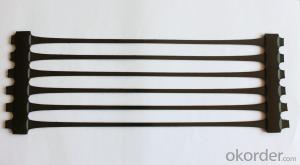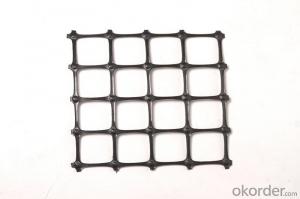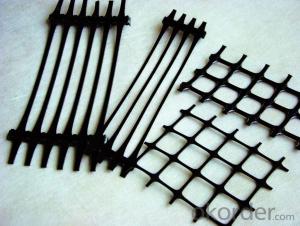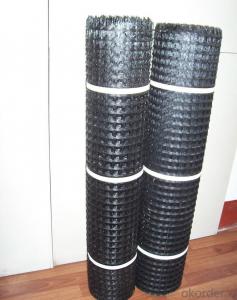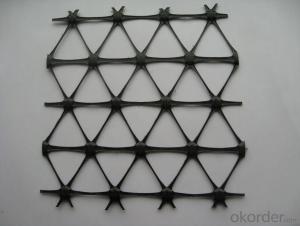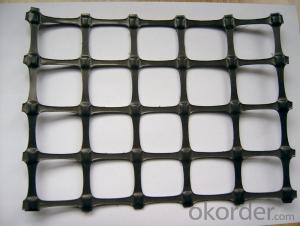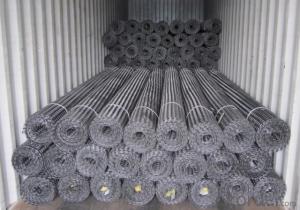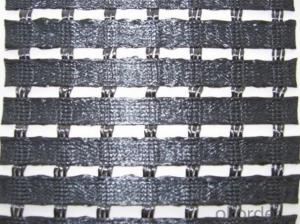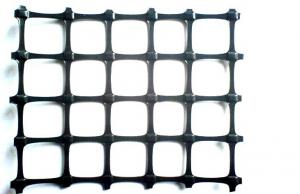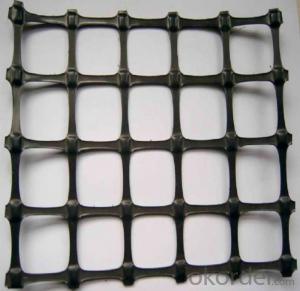Fiberglass Geogrid 100KN for Road Construction
- Loading Port:
- Qingdao
- Payment Terms:
- TT OR LC
- Min Order Qty:
- 50000 m²
- Supply Capability:
- 2000000 m²/month
OKorder Service Pledge
OKorder Financial Service
You Might Also Like
Fiberglass Geogrid 100KN for Road Construction
Description Of Fiberglass Geogrid 100KN for Road Construction:
Fiberglass geogrid is based on fiberglass woven cloth coated with modified bitumen or PVC, it was developed to address the problem of pavement cracking on highways, roads and runways, driven by a need to reduce cost for infrastructure maintenance and repair.
It is characterized by high tensile strength in axial and lateral directions, low stretch rate, alkali-resistance, low temperature- resistance, as well as convenience in construction and low price. It can be used on pitch pavement to prevent cracks and prolong pavement service life. It also can be used as a basal reinforcement material for hillsides, reservoirs, harbors, ports, water channels, seawalls, etc.
Main Features of Fiberglass Geogrid 100KN for Road Construction:
1.High tensile strength, low elongation.
2.No long-term creep: the product can keep for a long time performance.
3.Thermal stability: fiber glass melting temperature above 1000 ℃.
4.The compatibility with asphalt.
5.Physical and chemical stability.
Specifications of Fiberglass Geogrid 100KN for Road Construction:
Tensile Strength (KN) | Warp | >30 | >50 | >60 | >80 | >100 | >120 | >150 | >200 |
Weft | >30 | >50 | >60 | >80 | >100 | >120 | >150 | >120 | |
Elongation(%) | <4< p=""> | <4< p=""> | <4< p=""> | <4< p=""> | <4< p=""> | <4< p=""> | <4< p=""> | <4< p=""> | |
Mesh Size(mm) | 25.4*25.4 | 25.4*25.4 | 25.4*25.4 | 25.4*25.4 | 25.4*25.4 | 25.4*25.4 | 25.4*25.4 | 25.4*25.4 | |
Elastic Modulus | 76 | 76 | 76 | 76 | 76 | 76 | 76 | 76 | |
Width(m) | 1~6 | 1~6 | 1~6 | 1~6 | 1~6 | 1~6 | 1~6 | 1~6 | |
Length(m) | 50~300 | 50~300 | 50~300 | 50~300 | 50~300 | 50~300 | 50~300 | 50~300 | |
Temperature Resistant(℃) | -100~280 | -100~280 | -100~280 | -100~280 | -100~280 | -100~280 | -100~280 | -100~280 | |
Resin Content (%) | 18~20 | 18~20 | 18~20 | 18~20 | 18~20 | 18~20 | 18~20 | 18~20 | |
Glue Type | Bitumen PVC SBR soakage | Bitumen PVC SBR soakage | Bitumen PVC SBR soakage | Bitumen PVC SBR soakage | Bitumen PVC SBR soakage | Bitumen PVC SBR soakage | Bitumen PVC SBR soakage | Bitumen PVC SBR soakage | |
Applications of Fiberglass Geogrid 100KN for Road Construction:
Strengthen bitumen concrete roadway and reduce and prevent various kinds of reflection gaps on roadway.
1.Suitable for highway, railway, airport road of subgrade enhancement.
2.Suitable for the large parking lot and port freight yard that the foundations of the permanent load increased.
3.Suitable for railway, highway slope protection.
4.Suitable for culverts.
5.Suitable for the uniaxial tensile geogrid reinforced soil secondary enhancement, after further enhance soil, prevent soil erosion.
6.Mining, tunnel reinforcement.
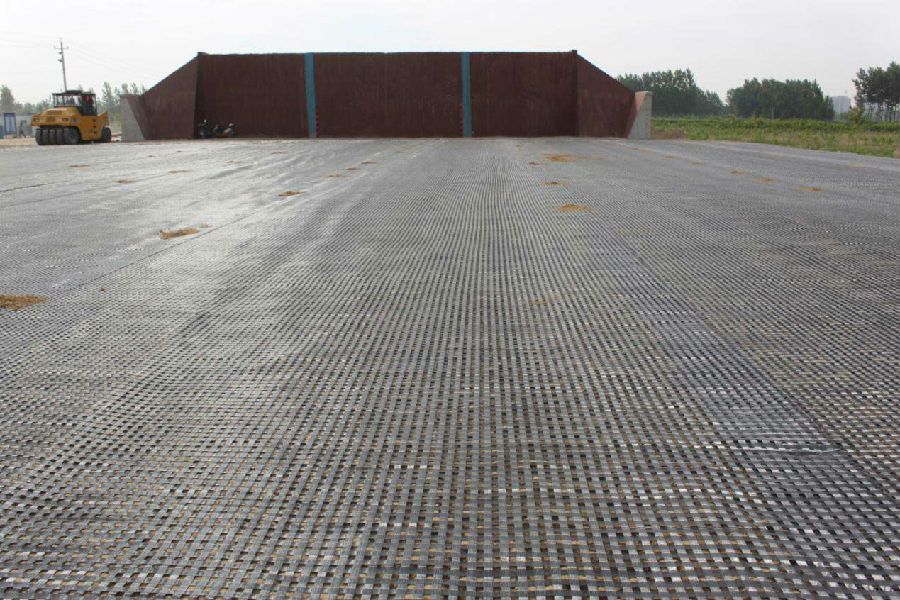
IMages of Fiberglass Geogrid 100KN for Road Construction:
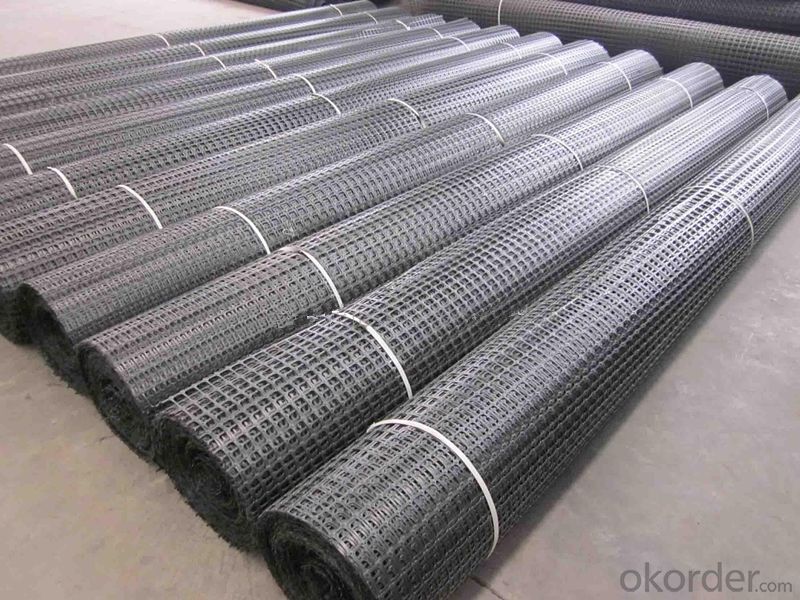
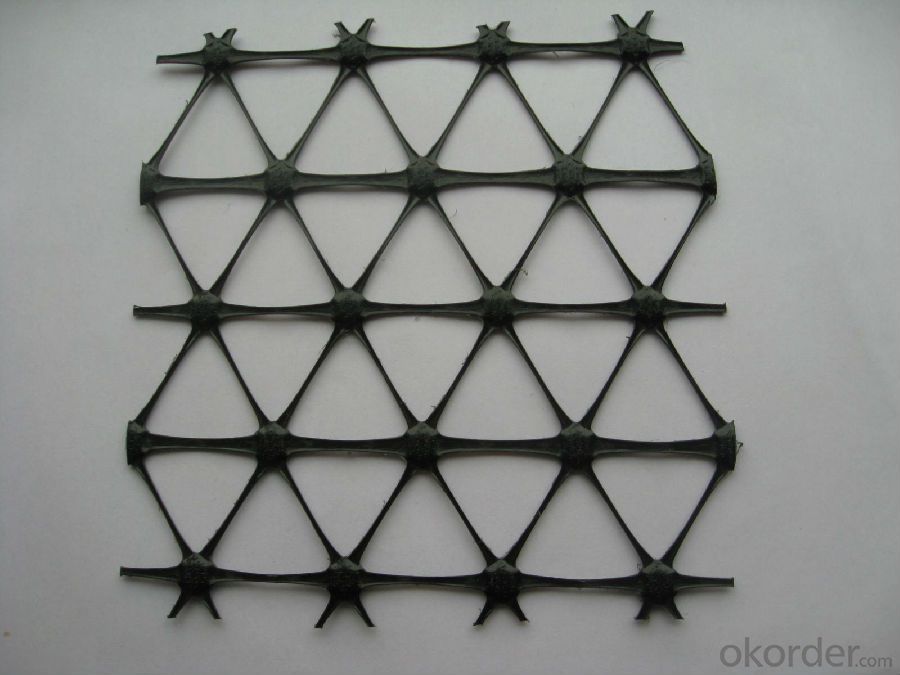

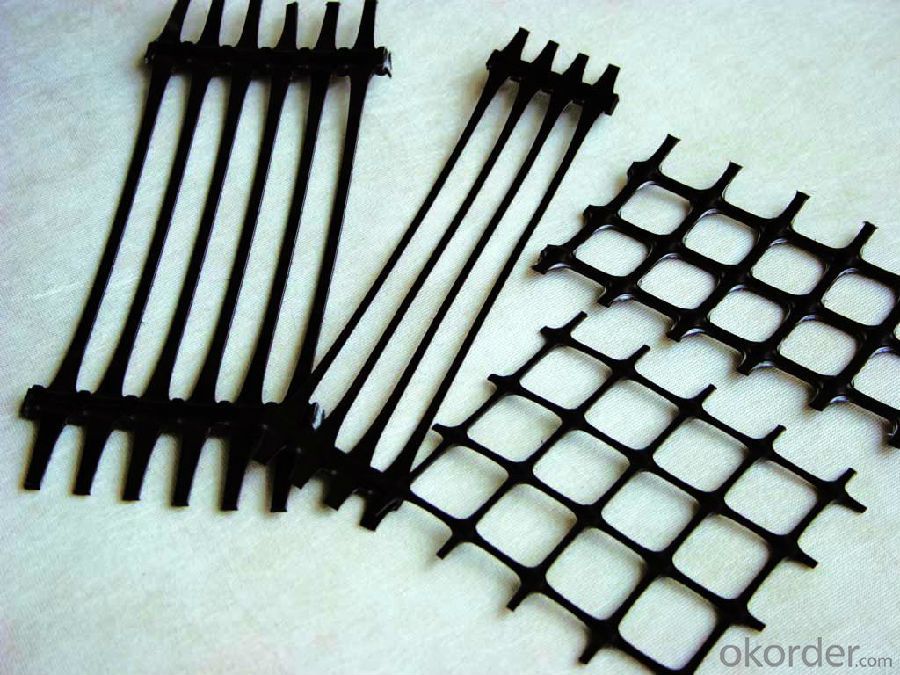
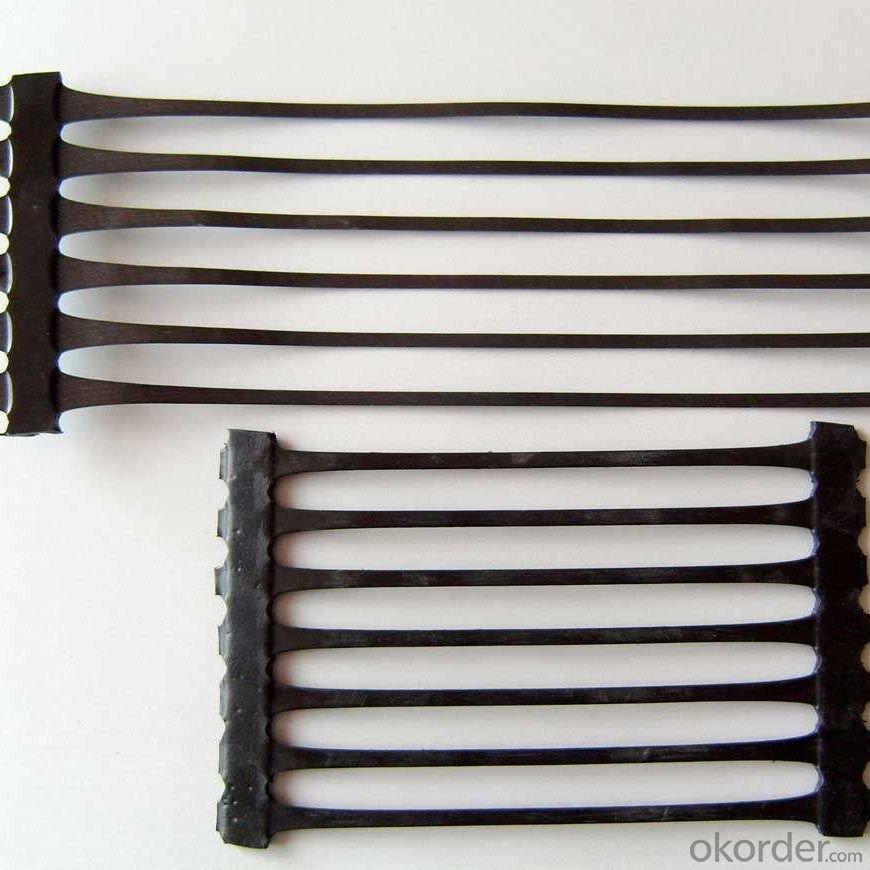

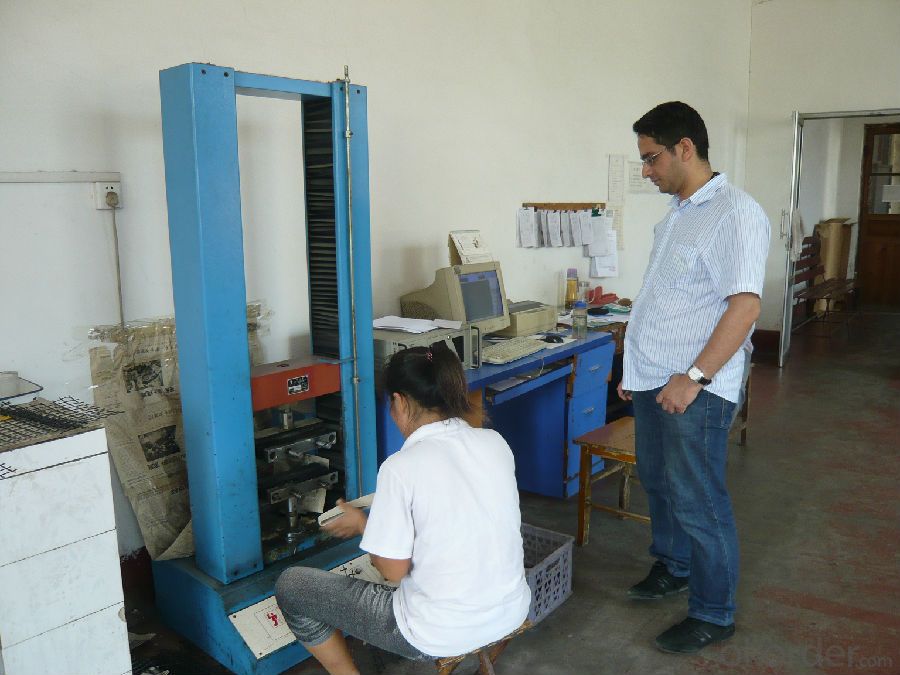
FAQ of Fiberglass Geogrid 100KN for Road Construction:
1. What are we supplying?
We are specialized in producing Geosynthetic materials, like Geogrid Series, HDPE Geocell, Geonet, Geotextile, Geomat, Tri Denmensional Composite Grainage Geonet, and Geomembrane Series.
.
2. How Many years experience do we have?
We have been exported to more than 20 countries in the past 15 years.
3. How long do we usually reply your request?
We always reply our customer within 24 hours.
- Q:What are the long-term maintenance requirements for geogrids?
- The long-term maintenance requirements for geogrids are typically minimal. Once installed, geogrids require periodic inspections to ensure they are functioning properly and to address any issues that may arise, such as soil erosion or damage to the geogrid itself. Additionally, regular maintenance of the surrounding area, such as vegetation control and debris removal, can help prolong the lifespan and effectiveness of the geogrids.
- Q:Are geogrids resistant to biodegradation?
- Yes, geogrids are typically resistant to biodegradation. Geogrids are made from synthetic materials such as polyester or polypropylene, which are designed to be durable and resistant to decay caused by biological organisms or environmental factors. This resistance to biodegradation makes geogrids suitable for long-term applications in civil engineering, soil stabilization, and erosion control.
- Q:How to fill in the geogrid evaluation form
- According to the test items of evaluation evaluation standard above
- Q:What are the advantages of using geogrids in mechanically stabilized aggregate bases?
- There are several advantages of using geogrids in mechanically stabilized aggregate bases. Firstly, they improve the overall stability and strength of the base by distributing and transferring loads more efficiently. This helps to prevent deformations and rutting, leading to a longer-lasting and more durable pavement structure. Secondly, geogrids can reduce the thickness of the aggregate base required, resulting in cost savings and a more sustainable construction approach. Additionally, they enhance the performance of the base by minimizing the potential for differential settlement and improving overall load-bearing capacity. Finally, geogrids offer better long-term performance by resisting the effects of aging, such as cracking and degradation, which can significantly extend the lifespan of the pavement system.
- Q:What are the different materials used to manufacture geogrids?
- Geogrids are typically manufactured using a variety of materials such as polyester, polypropylene, high-density polyethylene (HDPE), and fiberglass. These materials are chosen for their strength, durability, and resistance to environmental factors such as chemical exposure and UV radiation. Each material has its own unique properties, making it suitable for specific applications in geotechnical engineering and soil stabilization projects.
- Q:How to restore the plastic geogrid after being destroyed?
- 2 the surface of the bearing surface of the geosynthetics shall be leveled and compacted, and the hard and protruding surface shall be removed.
- Q:Can geogrids be used in subgrade stabilization?
- Yes, geogrids can be used in subgrade stabilization. Geogrids are commonly employed in civil engineering projects to enhance the stability of subgrade soils. They provide reinforcement and distribute loads, reducing the potential for soil movement and settlement. Geogrids are effective in improving the strength and load-bearing capacity of subgrade soils, making them suitable for subgrade stabilization applications.
- Q:Can geogrids be used in underground mining operations?
- Yes, geogrids can be used in underground mining operations. Geogrids are commonly employed in underground mining to provide reinforcement and stabilization to the surrounding rock and soil. They can help prevent slope failures, control ground movement, and enhance the overall safety and efficiency of mining operations.
- Q:Are there any limitations or drawbacks of using geogrids?
- Yes, there are some limitations and drawbacks of using geogrids. One limitation is that geogrids can be relatively expensive compared to other soil stabilization methods. Additionally, the installation process of geogrids can be time-consuming and requires skilled labor. Another drawback is that geogrids are not suitable for all types of soil and geological conditions. They may not be as effective in cohesive soils or in areas with high water table levels. Moreover, geogrids have a limited lifespan and may require regular maintenance or replacement over time.
- Q:Can geogrids be used in reinforcement of soft soils?
- Yes, geogrids can be used in the reinforcement of soft soils. Geogrids are commonly used to improve the stability and strength of weak or soft soils by distributing the load more evenly and reducing settlement. They are effective in providing reinforcement and preventing soil deformation, making them a suitable solution for reinforcing soft soils.
1. Manufacturer Overview |
|
|---|---|
| Location | |
| Year Established | |
| Annual Output Value | |
| Main Markets | |
| Company Certifications | |
2. Manufacturer Certificates |
|
|---|---|
| a) Certification Name | |
| Range | |
| Reference | |
| Validity Period | |
3. Manufacturer Capability |
|
|---|---|
| a)Trade Capacity | |
| Nearest Port | |
| Export Percentage | |
| No.of Employees in Trade Department | |
| Language Spoken: | |
| b)Factory Information | |
| Factory Size: | |
| No. of Production Lines | |
| Contract Manufacturing | |
| Product Price Range | |
Send your message to us
Fiberglass Geogrid 100KN for Road Construction
- Loading Port:
- Qingdao
- Payment Terms:
- TT OR LC
- Min Order Qty:
- 50000 m²
- Supply Capability:
- 2000000 m²/month
OKorder Service Pledge
OKorder Financial Service
Similar products
New products
Hot products
Hot Searches
Related keywords
